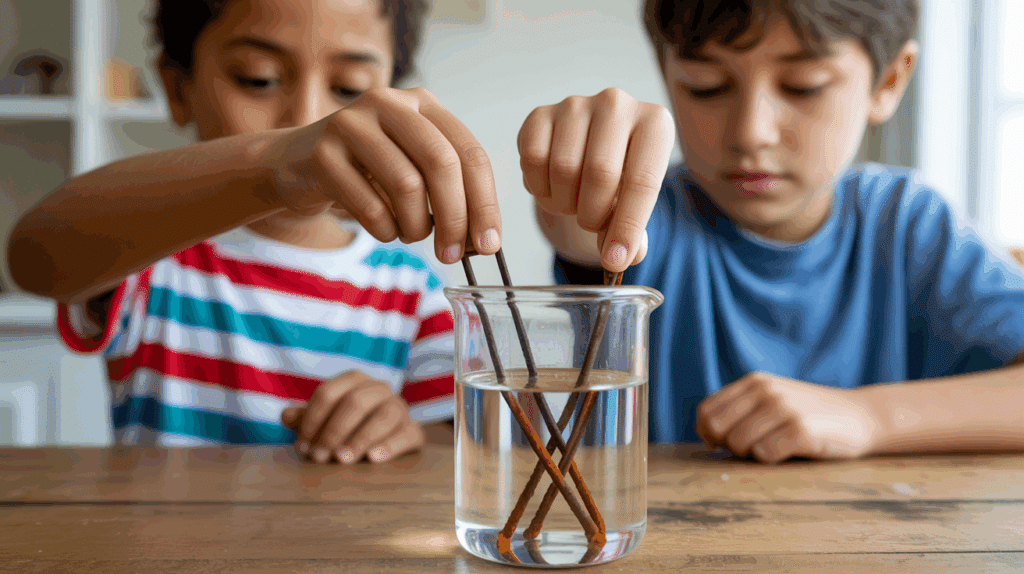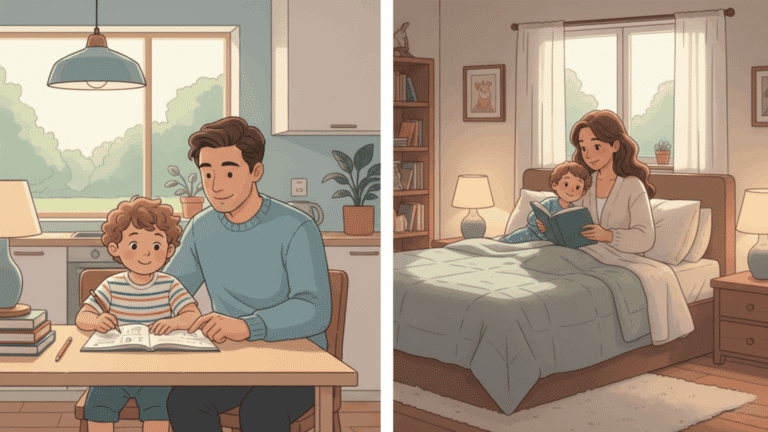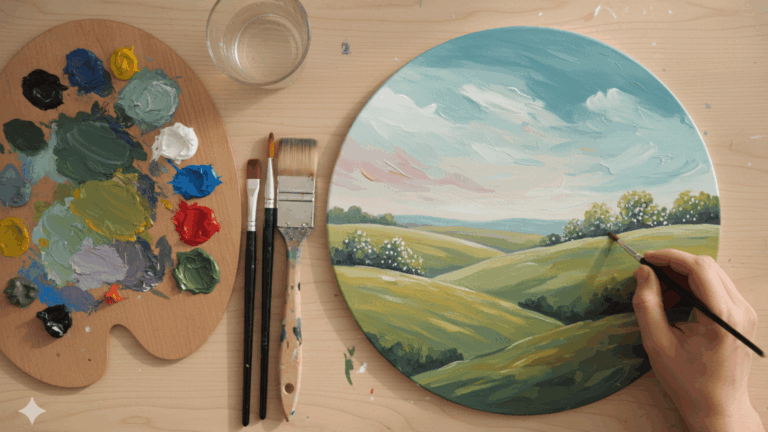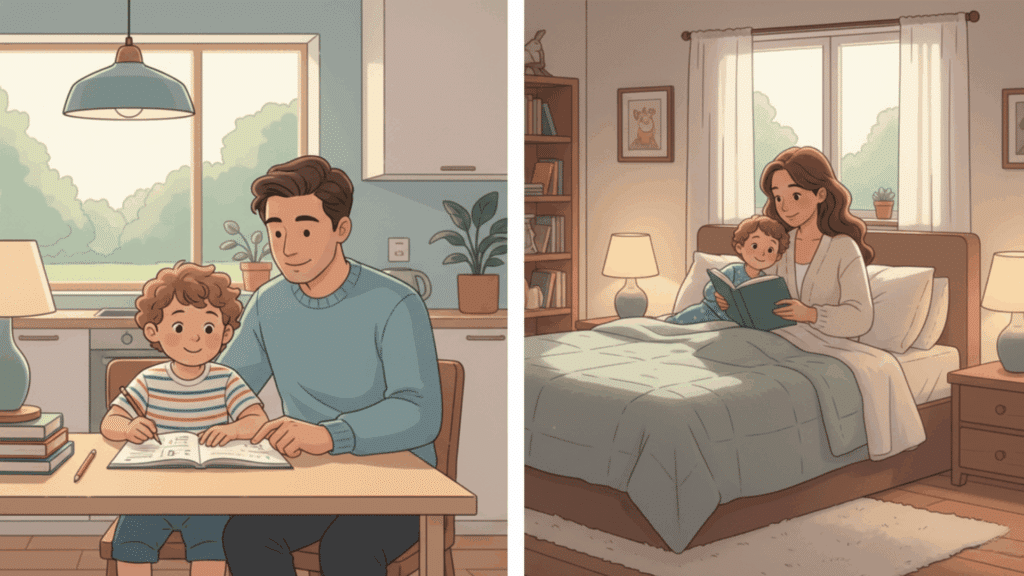Parents know this struggle well. School holidays arrive, and suddenly you’re scrambling for activities. The kids are restless, complaining there’s nothing to do.
You’ve exhausted every option, and outdoor play isn’t always an option. Meanwhile, you’re trying to keep them engaged while avoiding expensive outings or elaborate plans that require tons of preparation.
In this blog, we’ll share some home science experiments that turn any afternoon into an opportunity for learning and laughter, proving that the best entertainment often comes from the most ordinary places.
Why At-Home Science Experiments Are Perfect for Kids
At-home science experiments spark children’s curiosity and encourage active, hands-on learning. Doing experiments in a familiar environment makes science approachable, boosting confidence and making lessons memorable.
These activities foster critical thinking and problem-solving skills as kids ask questions, make predictions, and observe real results. Using everyday materials, parents can create meaningful STEM moments without expensive equipment.
Trying science at home also strengthens family bonds through shared fun. Plus, open-ended experiments allow kids to learn at their own pace, fueling creativity and a lifelong love for learning
Exciting At Home Science Experiments to Try
Science can be lively and full of curiosity when kids get the chance to explore it firsthand. These at home science experiments are simple yet impactful, turning basic items into engaging fun. Let’s bring learning to life.
1. Rainbow in a Jar
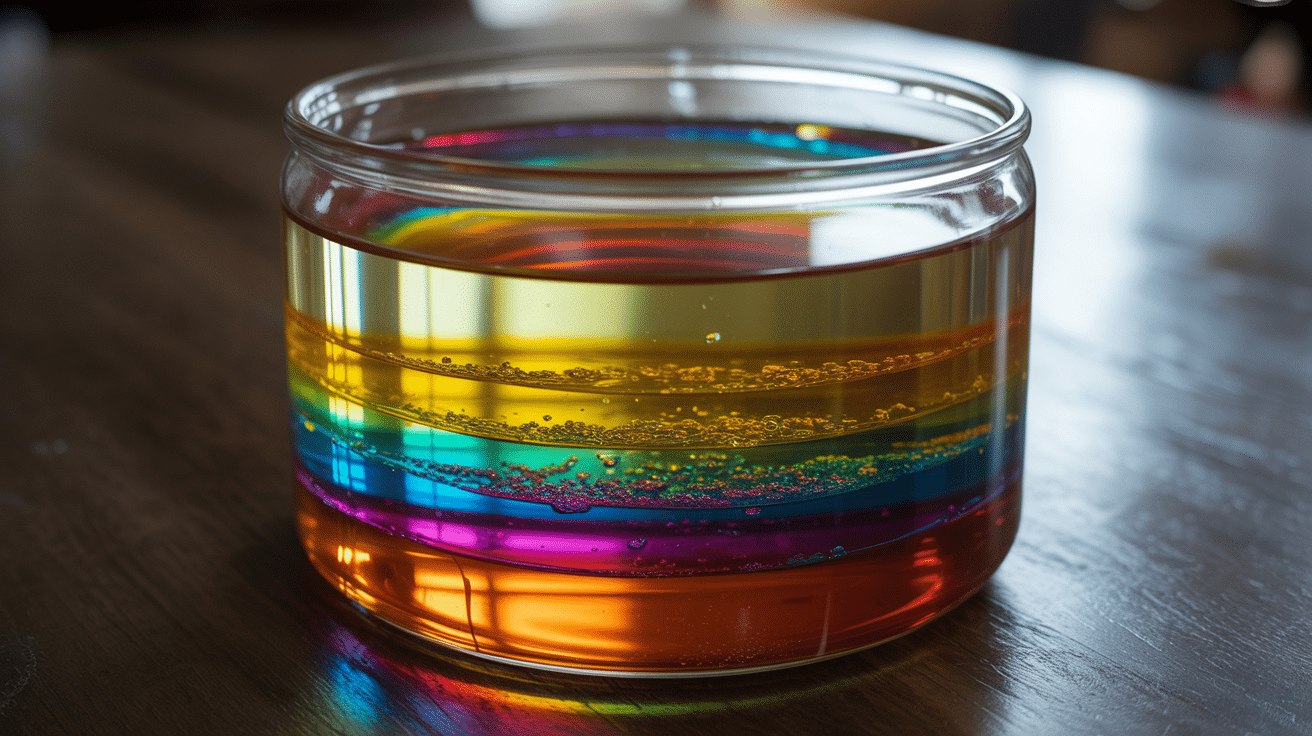
Layer liquids of varying densities, such as honey, dish soap, water, and oil, in a clear jar to create distinct layers without mixing. Add food coloring to each layer to increase visibility. This demonstrates density differences and liquid behavior, as denser liquids settle below lighter ones, forming a colorful, separated stack
2. Magic Milk Color Burst
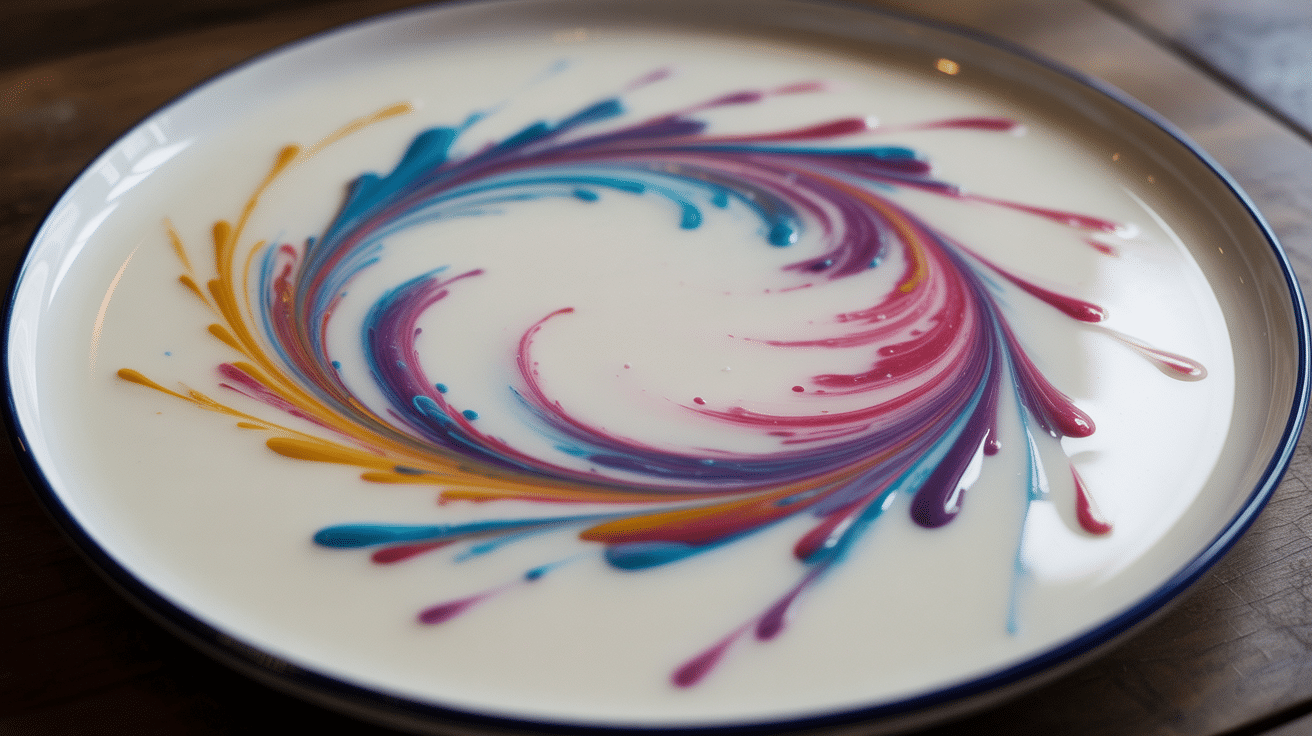
Pour some milk into a plate or shallow dish, add drops of food coloring, then touch the surface with a bit of dish soap using a cotton swab. This instantly creates swirling, colorful patterns as the soap breaks the milk’s surface tension and interacts with its fat content.
3. DIY Lava Lamp
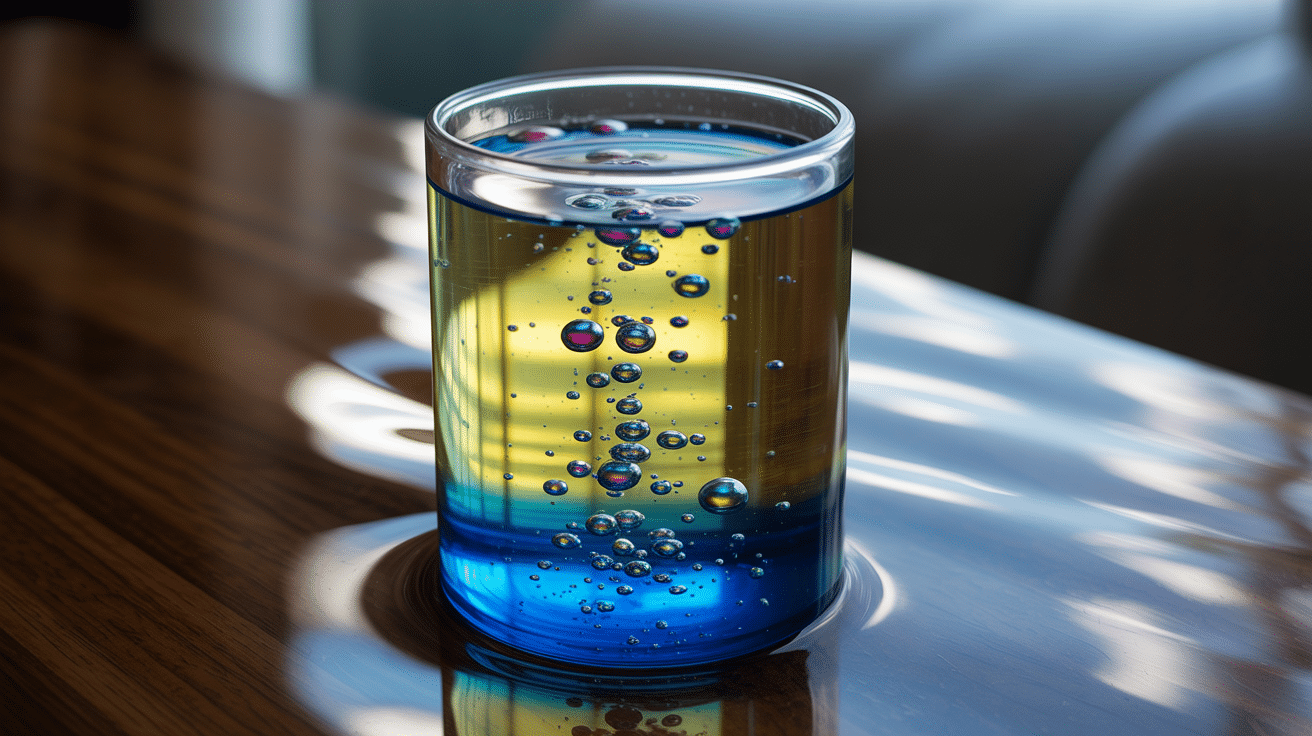
Combine oil, water, and a fizzy tablet in a bottle to create a lava lamp effect where colorful bubbles rhythmically rise and fall. This visual illustrates that oil and water don’t mix and provides a fun, calming experience as the bubbles continuously move until the tablet dissolves.
4. Walking Water
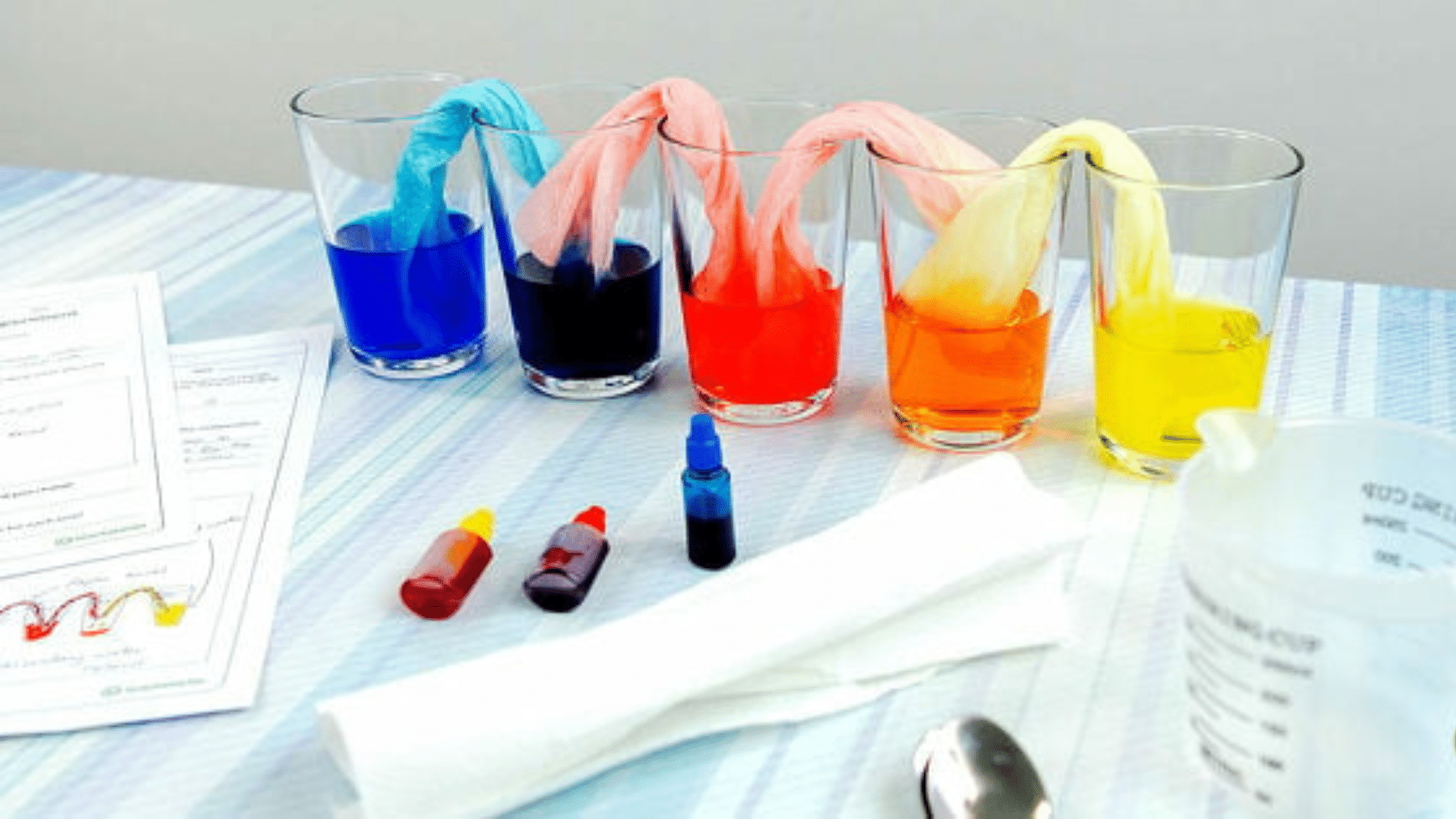
Arrange cups of colored water next to each other, linked by paper towels. Over several hours, the colors gradually move between the cups, showcasing capillary action and absorption. Though slow, watching this color transfer is a fascinating and satisfying experience.
5. Vinegar and Baking Soda Volcano
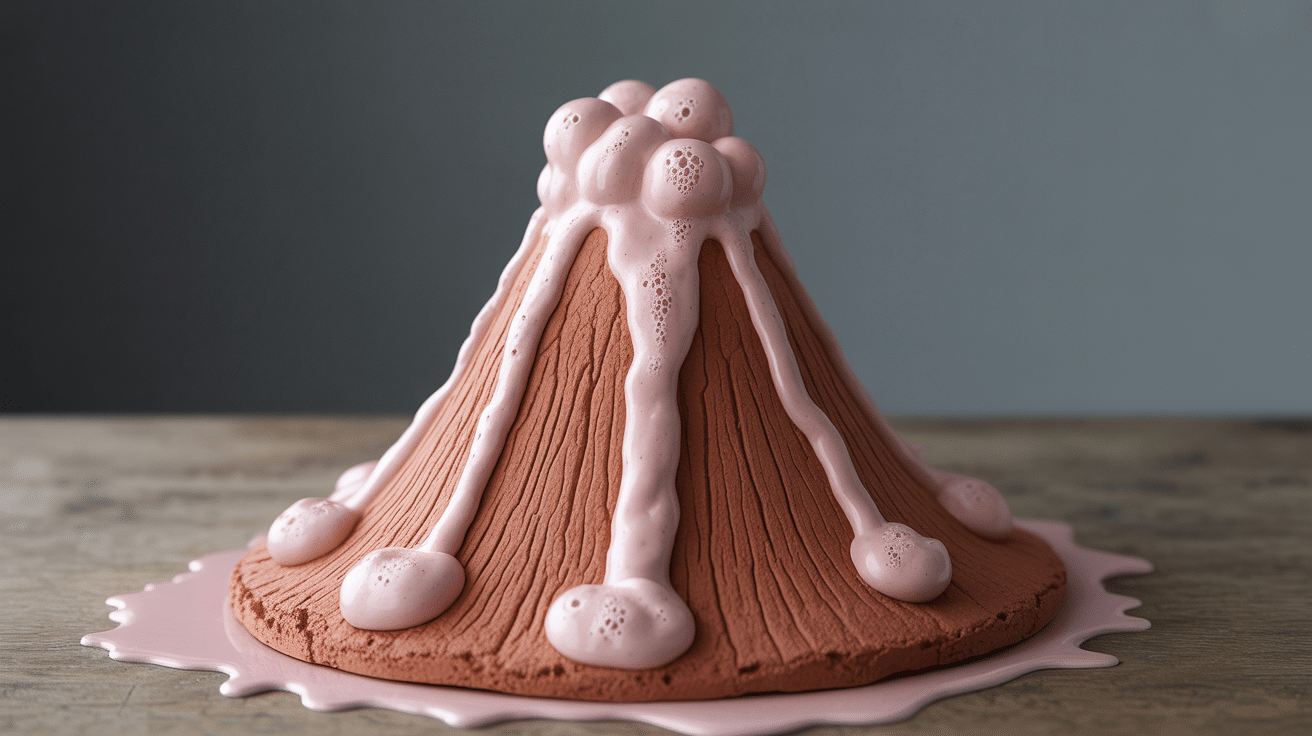
Place a small bottle inside a clay volcano and combine vinegar with baking soda. The bubbly eruption excites kids consistently, demonstrating chemical reactions in a fun way. Perfect for themed science projects or creative play, this simple experiment captivates and educates simultaneously, making learning hands-on and enjoyable
6. Balloon Inflation Without Breath
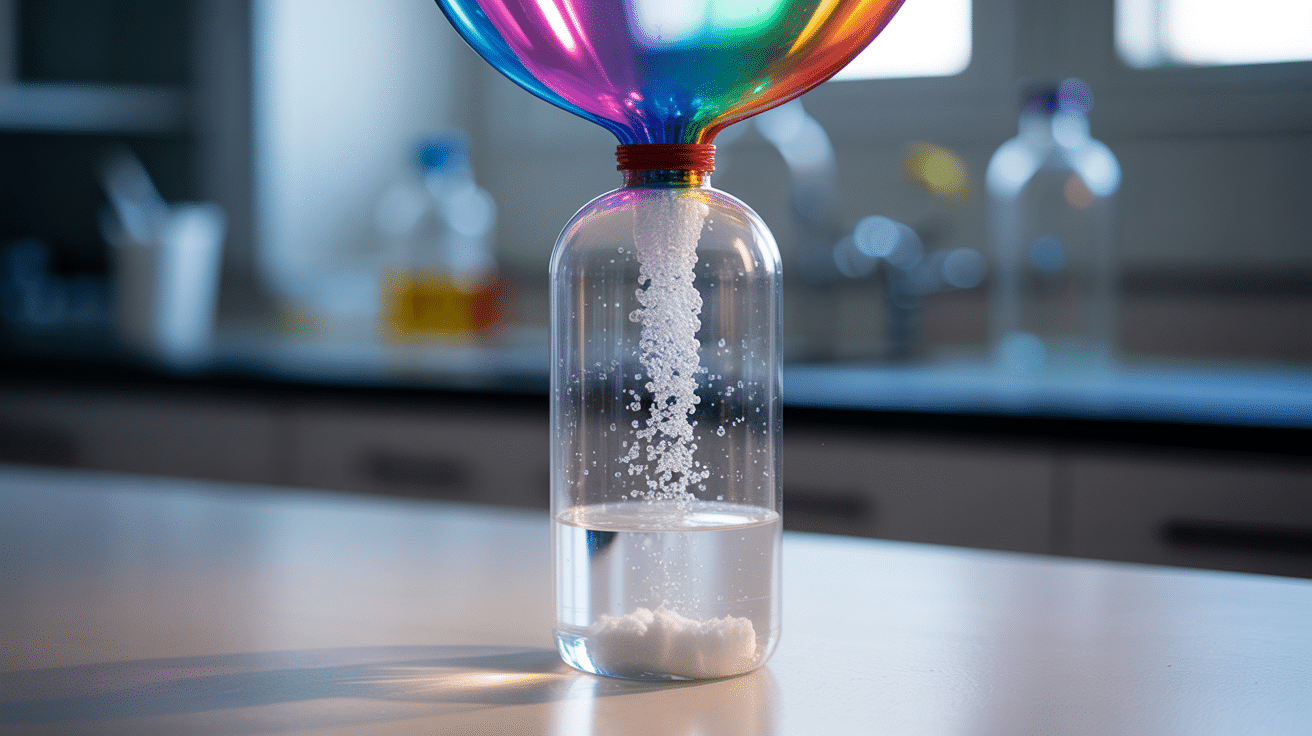
Fill a balloon with a vinegar and baking soda mixture placed in a bottle. The balloon inflates naturally, demonstrating gas production. This experiment serves as an excellent introduction to chemical reactions, promoting skills in measurement and careful observation. It effectively engages learners in a hands-on scientific experiment.
7. Saltwater Experiment

Test various objects by floating them in saltwater and plain water to see contrasting behaviors. Items float differently due to changes in buoyancy caused by the water’s salt content. This experiment highlights how solutions affect floating, using common items like eggs, grapes, or small toys for observation
8. Penny Oxidation Test
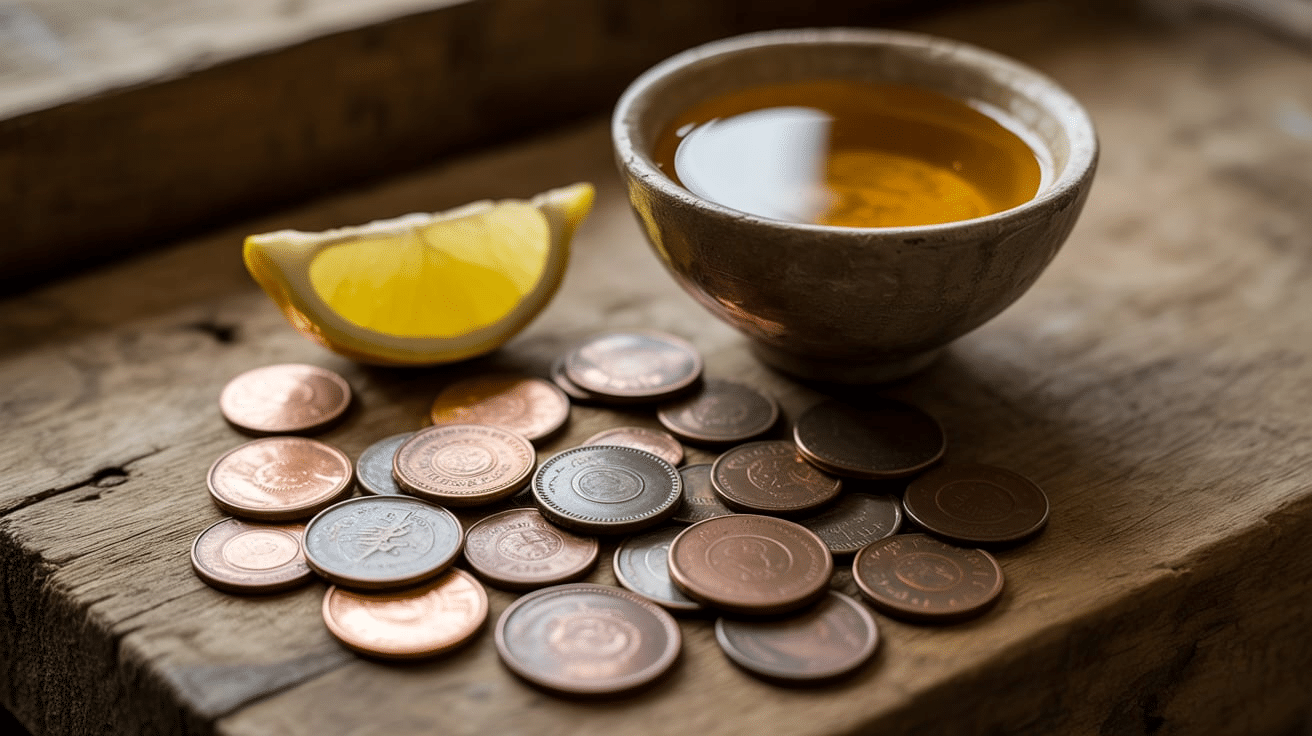
Soaking old pennies in lemon juice makes them gleam like new by using acid to eliminate tarnish. This quick and easy method with simple materials helps demonstrate how chemical reactions clean surfaces, providing a clear, hands-on understanding of the process.
9. Static Electricity Butterfly
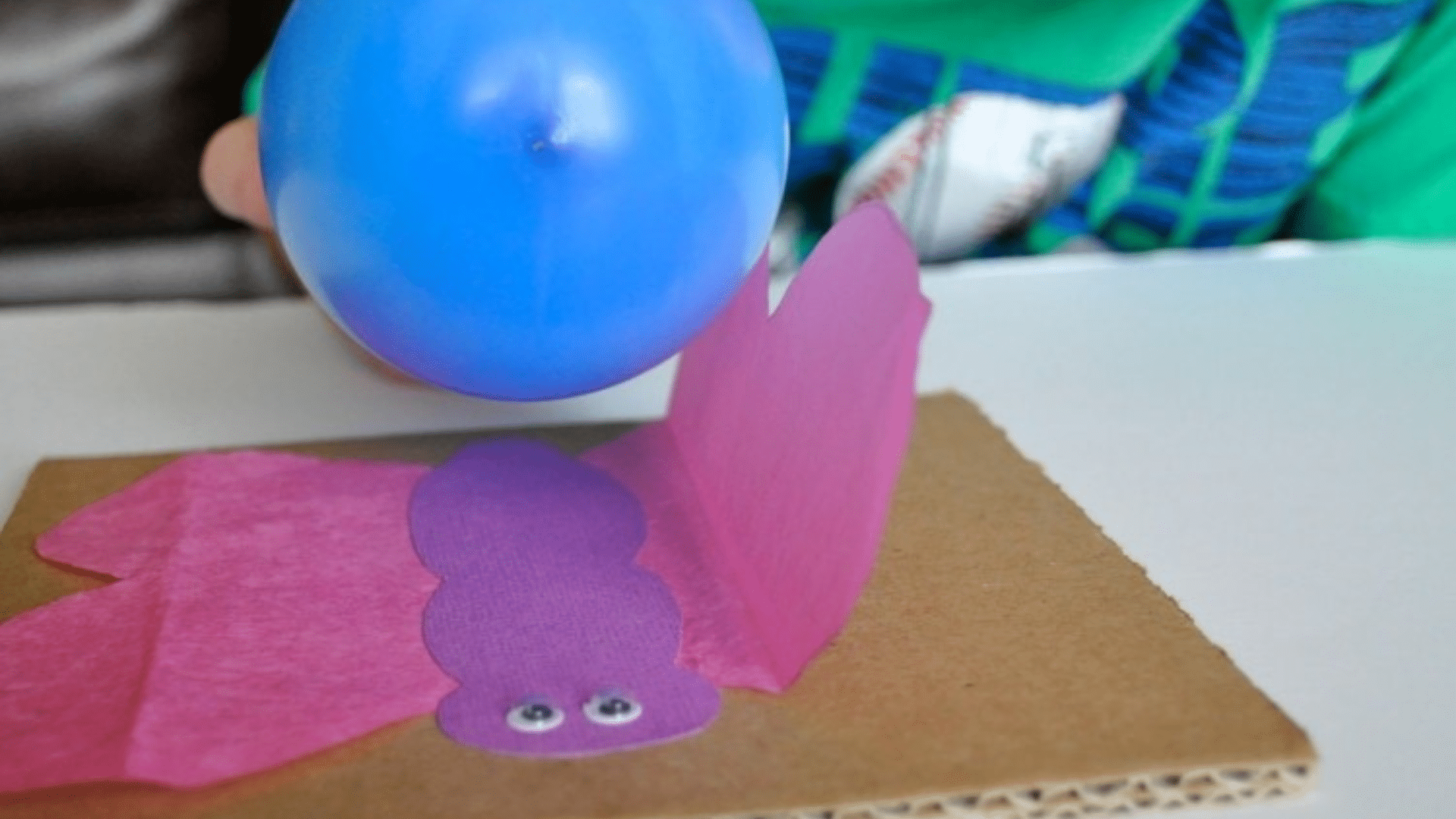
Attach loose tissue paper wings to a cardboard butterfly body, then rub a balloon on your hair to generate static electricity. Holding the charged balloon close to the wings causes attraction between opposite electric charges, making the wings lift and flutter without touching. This fun, hands-on experiment demonstrates static electricity principles
10. Homemade Ice Cream in a Bag
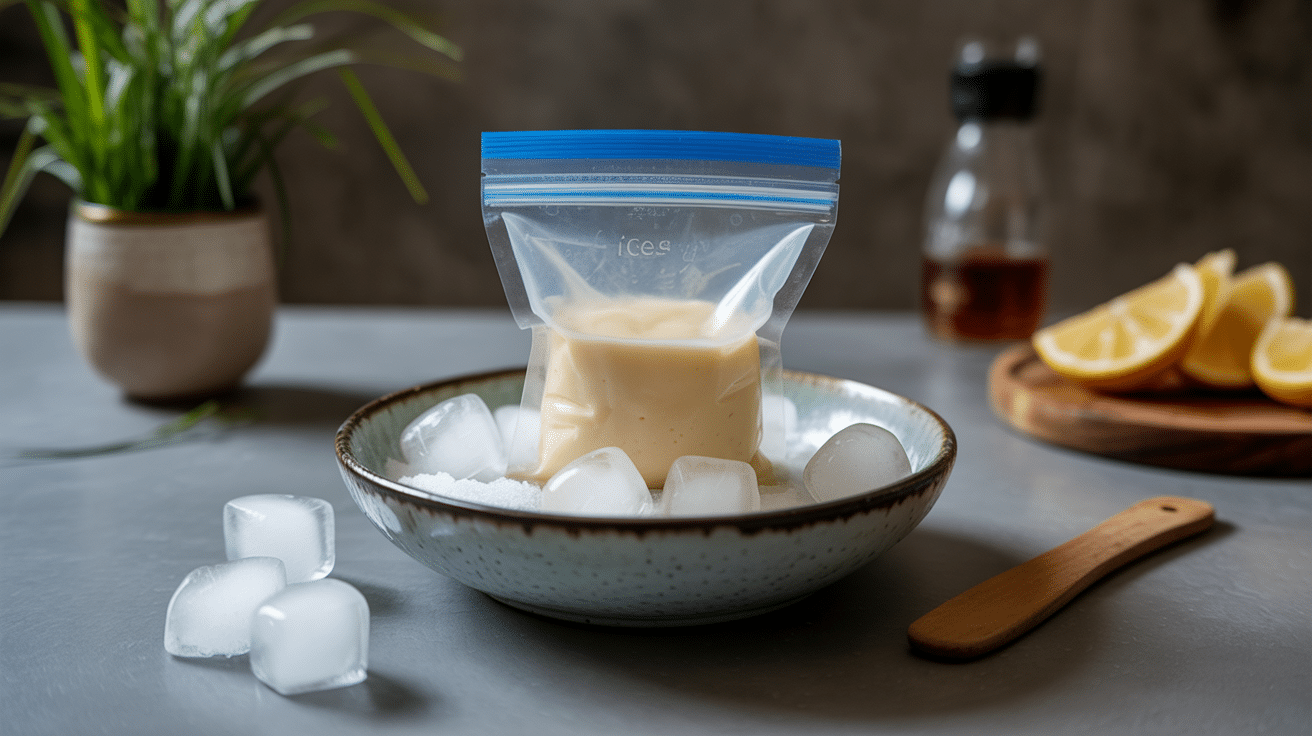
Seal a bag containing cream, sugar, and vanilla, then place it inside a salt-ice mixture. Shake vigorously until it freezes into soft ice cream within minutes. This process uses freezing point depression to lower the ice’s temperature. Enjoy a delicious homemade treat as a satisfying reward.
11. Cloud in a Jar
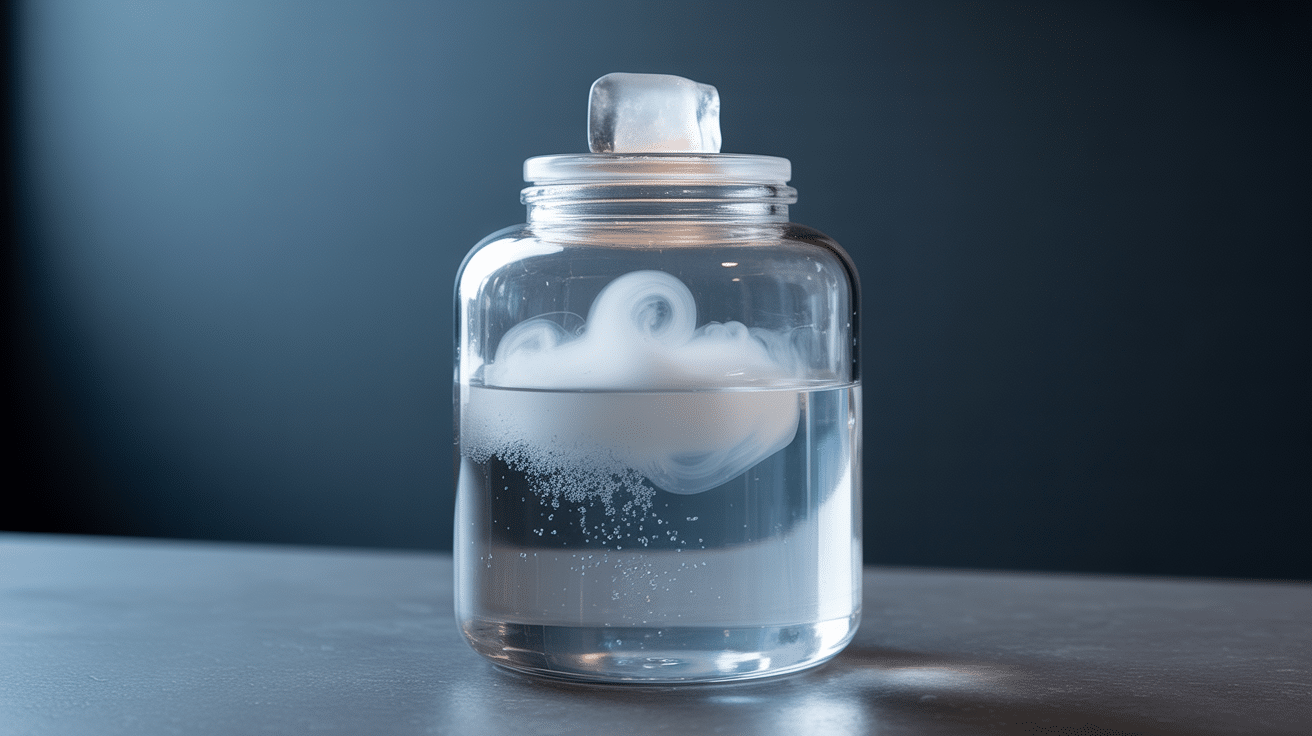
Pour hot water into a jar, then spray hairspray inside before covering the jar with an ice-covered lid. The warm water creates water vapor that condenses when it contacts the cold air cooled by the ice. The hairspray acts as a condensation nucleus, enabling tiny droplets to form a visible mini cloud inside, demonstrating water vapor condensation akin to natural cloud formation
More Science Experiments to Try
The following are some more science experiments to try at home based on different subjects:
Physics-Based At-Home Science Experiments
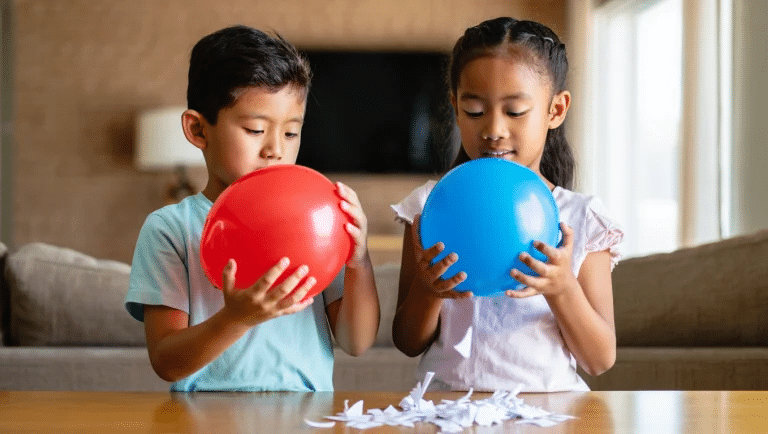
The following are some at-home science Experiments for Physics:
12. Rubber Egg Experiment
Soak an egg in vinegar for a few days until the shell dissolves. The egg becomes rubbery and bouncy, demonstrating how acids alter the structure and elasticity of materials.
13. Ice Fishing Trick
Lay a string over an ice cube and sprinkle salt on top of it. Wait a minute, then lift the string, and the ice refreezes around it. This shows how salt affects freezing points.
14. Bottle Tornado
Connect two bottles with duct tape, one filled with water. Swirl the top bottle to create a spinning vortex, simulating centripetal force and fluid motion.
15. Paperclip Magnet Chain
Hang a paper clip from a magnet, then connect more paper clips below it. This chain shows how magnetic force can travel through metals.
16. Sound Through String Phone
Tie a string between two cups and speak through one. The vibrations travel through the string, turning back into sound, showcasing sound wave transmission.
17. Balloon-Powered Car
Attach a balloon to a homemade toy car. As air escapes, it pushes the car forward, demonstrating Newton’s third law of motion.
18. Straw Rocket Launch
Make a paper rocket that fits over a straw. Blow through the straw to launch the rocket, illustrating propulsion and air pressure in motion.
19. Light Reflection Maze
Set up a path with mirrors and a flashlight. Bounce light through the maze to explore how light travels in straight lines and reflects.
20. Build a Pulley System
Use spools and string to lift weights. This reveals how pulleys reduce the effort needed to move heavy objects, introducing mechanical advantage.
21. DIY Hover Magnet
Place two magnets in a tube with like poles facing each other. The top magnet floats above the bottom due to repulsive forces, creating a fascinating view of magnetic balance.
22. Flashlight Planet Shadows
Shine a flashlight on balls of different sizes and distances. Observe the shadow changes to understand eclipses, angles, and orbit simulation.
23. Eggshell Strength Test
Try squeezing an egg vertically with both palms. It resists cracking due to its arch structure. This is a perfect example of force distribution in physics.
24. Air Cannon Blaster
Create a mini cannon with a container and a balloon. Tapping the balloon releases a strong air burst, showing how force can be concentrated.
25. Water Whistle Experiment
Blow through a straw partially submerged in water. The pitch changes with water level, helping kids explore vibration and sound frequency.
26. Shadow Tracing Test
Trace toy shadows on paper throughout the day. As the sun moves, shadows shift, visually linking light direction to Earth’s rotation.
27. Ping Pong Ball Hairdryer Trick
Balance a ping pong ball in an upward stream of air from a hairdryer. The ball floats steadily, showing the Bernoulli principle in action.
28. DIY Sundial
Stick a pencil in clay outdoors and mark its shadow hourly. Over time, you’ll track the sun’s path and learn to measure time naturally.
29. Magnetic Maze Game
Use a hidden magnet under a cardboard to move a paperclip through a maze. This tactile game introduces magnetism and unseen forces.
30. Tinfoil Boat Buoyancy
Shape foil into a boat and place it in water. Add coins to test how weight, shape, and surface area affect floating.
31. Straw Bridge Test
Construct bridge shapes using straws and tape. Add small weights to test which design holds more, teaching structural engineering basics.
32. Heat Absorption Race
Place ice cubes on white and black paper in sunlight. Watch which melts faster to explore how color impacts heat absorption.
Chemistry-Based At Home Science Experiments
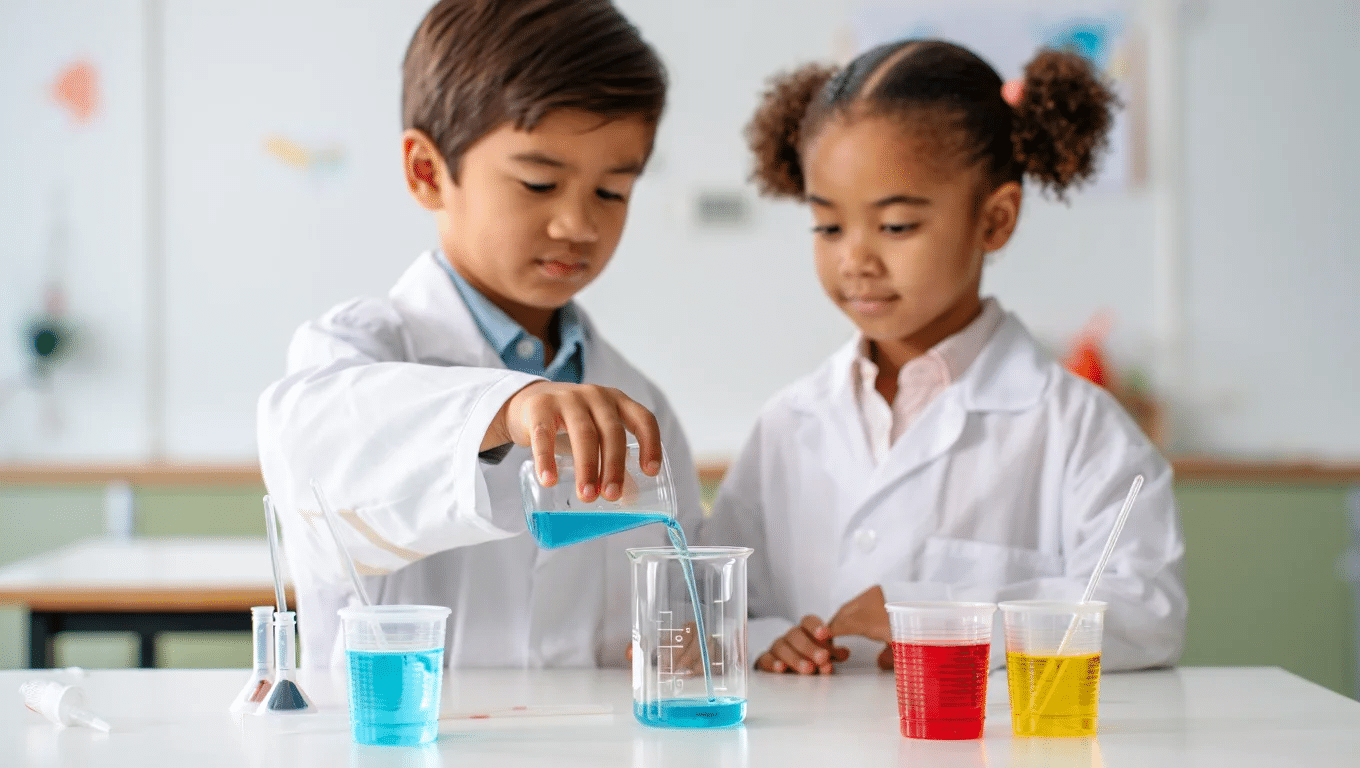
The following are some at-home science Experiments for Chemistry:
40. Grow Your Crystals
Dissolve borax in hot water and dip the shaped pipe cleaner into it. Over several hours, crystals form as the water cools and evaporates, providing a great opportunity to understand saturation and crystallization.
41. Coin Cleaning Test
Place dirty coins into liquids like vinegar, saltwater, and soda. Observe which cleaning method works best to compare how acidic and basic substances react with metals and cause corrosion.
42. Fireproof Balloon
Fill one balloon with water and another with air. When both are exposed to a flame, the water-filled balloon resists bursting due to the water absorbing the heat.
43. Salt Water Density
Fill a glass with saltwater, then gently add fresh water colored differently. The two layers remain separated due to density differences, an engaging way to visualize weight and layering.
44. Vinegar and Steel Wool Reaction
Soak steel wool in vinegar, place it in a sealed bag, and touch it. It heats up as oxidation occurs, making it a simple way to study exothermic reactions.
45. Baking Soda Writing
Mix baking soda with water to create invisible ink. Write the message on paper and reveal it using grape juice or turmeric, which causes a pH-based color shift.
46. Lemon Battery Chain
Insert copper and zinc nails into several lemons, connecting them with wires. The setup powers a small LED, offering a tactile demonstration of chemical energy conversion.
47. Orange Peel Pop
Squeeze the orange peel near a candle flame to release tiny bursts. This occurs due to the citrus oils combusting upon contact with heat, an example of a natural chemical reaction.
48. Glow Stick Temperature Test
Place glow sticks in hot and cold water. The hot water speeds up the chemical reaction, making it brighter, while the cold water slows it down and dims the glow.
49. Ink Color Split
Draw with a black marker on a coffee filter, then dip it into water. The ink separates into different colors as water travels upward in a basic chromatography setup.
50. Yeast Balloon Inflation
Mix yeast with sugar and warm water in a bottle. Cap it with a balloon and watch it inflate as carbon dioxide is released during the fermentation process.
51. Homemade Slime
Combine glue, baking soda, and contact lens solution to create stretchy slime. This gooey result illustrates polymer formation, a fun introduction to material science for kids.
52. Sticky Water Drops
Drop water onto a coin and count how many drops it holds before spilling. The surface tension causes the water to bead up, highlighting the cohesive forces between its molecules.
53. Build a Water Wheel
Make a rotating wheel from spoons and a bottle cap, powered by water flow. This project blends physics and chemistry by converting flowing energy into circular motion.
54. Crayon Melt Shapes
Use a blow dryer to melt crayons onto paper. The change from solid to liquid illustrates melting points and physical state change while allowing colorful expression.
55. Hot vs Cold Balloon Test
Expose one balloon to cold water and another to hot water. The cold balloon shrinks while the hot one expands, demonstrating the kinetic behavior of air molecules under temperature change.
56. Rock Candy Creation
Dissolve a lot of sugar into hot water, then dip a skewer into it and let it sit. Crystals grow over days as sugar particles reform, making them perfect for introducing solubility.
57. Ice Excavation Game
Freeze small toys in a tray and use salt or warm water to melt them out. This demonstrates how salt lowers freezing points and accelerates melting.
58. Ink Transfer Print
Color a plastic surface with washable markers, spray it with water, and press onto paper. The pigment transfers, teaching how water-soluble substances react and move.
59. Rust Race Challenge
Place steel nails in different liquids, such as vinegar, saltwater, and plain water, and observe them over several days. This experiment shows how varying chemical environments affect the rate of rust formation through oxidation.
60. Red Cabbage pH Indicator
Boil red cabbage leaves and strain the purple liquid. Use it to test household substances like lemon juice, baking soda, and soap, and watch it change color based on acidity or alkalinity.
61. Instant Ice Formation
Chill bottled water just below freezing, then pour it over ice cubes or strike the bottle. It crystallizes instantly before your eyes.
Biology-Based At Home Science Experiments
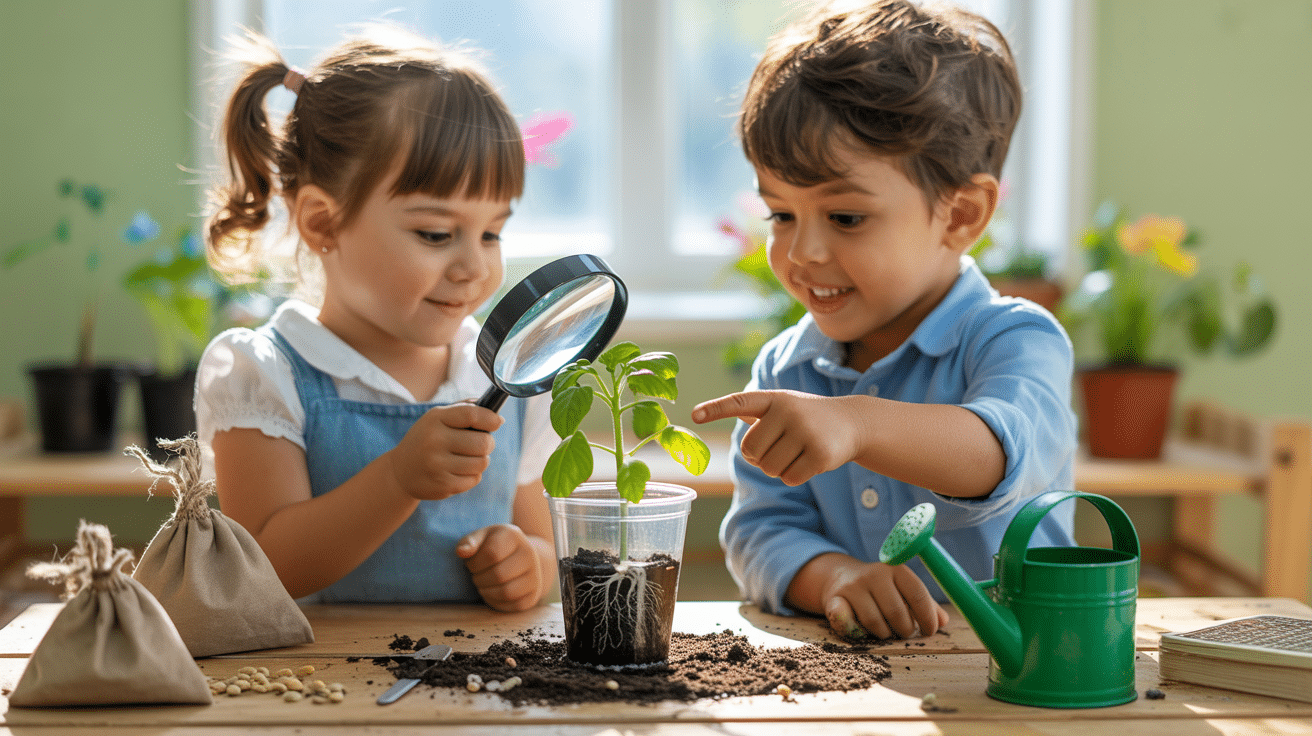
The following are some at home science Experiments for biology:
62. Gummy Bear Osmosis
Place gummy bears in water overnight and observe how they grow. Water moves into the gummy through osmosis, demonstrating how cells absorb fluids in living organisms.
63. Bean in Darkness Test
Grow one bean in sunlight and another in a dark box. Compare results to understand the importance of light for photosynthesis and healthy plant development.
64. Grow a Bean Sprout
Dampen a paper towel and place a bean in a plastic bag. Tape it to a sunny window and watch it sprout roots and stems in days.
65. Apple Oxidation Challenge
Slice the apples and treat them with different solutions, such as lemon juice or salt water. Compare browning to learn how enzymes react with air during the oxidation process.
66. Mold Observation Test
Place slices of bread in various conditions: sealed, open air, damp, or dry. Track how mold appears and spreads, exploring the growth of fungi and its environmental influences.
67. Potato Clock
Insert nails and wires into two potatoes to power a clock. The chemical energy in organic material is converted into electrical energy, a basic demonstration of bioelectricity.
68. Sunprint Art
Lay leaves or objects on special photo paper and expose them to sunlight. Rinse with water to leave behind silhouettes and teach about light sensitivity and chlorophyll blocking.
69. Marshmallow Air Pressure
Place a marshmallow in a vacuum container or syringe. As pressure drops, it expands, offering a fun way to observe how air affects volume, much like the way lungs expand.
70. Plant Maze Box
Create a cardboard box with holes and place a sprouting seed inside. Watch how the plant curves and grows toward light, demonstrating phototropism.
71. Banana Ripeness Test
Store bananas in different places, such as plastic bags, the refrigerator, or an open counter. Observe which ripens fastest to study how gases like ethylene affect the aging of fruit.
72. Banana Message Maker
Lightly scratch a message on a banana peel. Within hours, it darkens as the exposed cells oxidize, offering a biological twist on hidden messages.
73. Water Cycle in a Bag
Add a bit of water to a plastic bag and tape it to a sunny window. Watch evaporation, condensation, and precipitation all within a single small ecosystem.
74. DIY Rain Gauge
Cut a bottle and mark it with measurements. Set it outside and track rainfall over time; an introduction to measuring natural patterns in the environment.
75. Cotton Cloud Growth
Soak cotton balls in water and freeze them. As they thaw, they resemble cloud behavior and the process of precipitation occurring from moisture-laden clouds.
76. Fingerprint Patterns
Rub a pencil on paper, press a fingertip on tape, and stick it to white paper. Study the arches, loops, and whorls unique to every person.
77. Colored Ice Cube Painting
Freeze colored water into cubes and paint on paper. As the ice melts, the pigments flow and spread, showing color dispersion and melting rates.
78. Plant Water Race
Grow two similar plants with different watering schedules. Compare growth and leaf quality to show how hydration directly influences plant vitality and health.
79. Eggshell Geode
Fill empty eggshell halves with a salt or sugar solution. Over time, crystals form inside, resembling natural geodes and introducing crystal growth in organic containers.
80. Light Filter
Place colored cellophane over everyday items. Watch how colors change and explore how pigments in lenses or eyes filter light differently in humans and animals.
81. Condensation in a Bag
Fill a plastic bag with warm water, seal it, and tape it to a window. As it cools, droplets form inside, demonstrating a small-scale water cycle.
Wrapping Up
At Home science experiments offer families an easy way to combine fun with learning. These activities use everyday household items to create memorable experiences that spark children’s interest in science concepts.
These simple at-home science experiments build critical thinking skills and show kids that science isn’t confined to textbooks or classrooms.
Start with one experiment this week. Gather your supplies and let the kids lead the exploration.
Pick your first experiment and watch science come alive in your living room.


